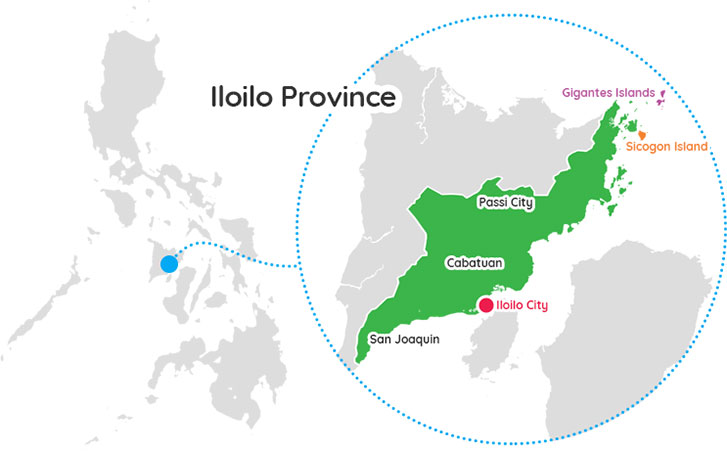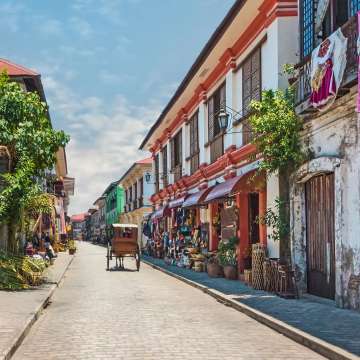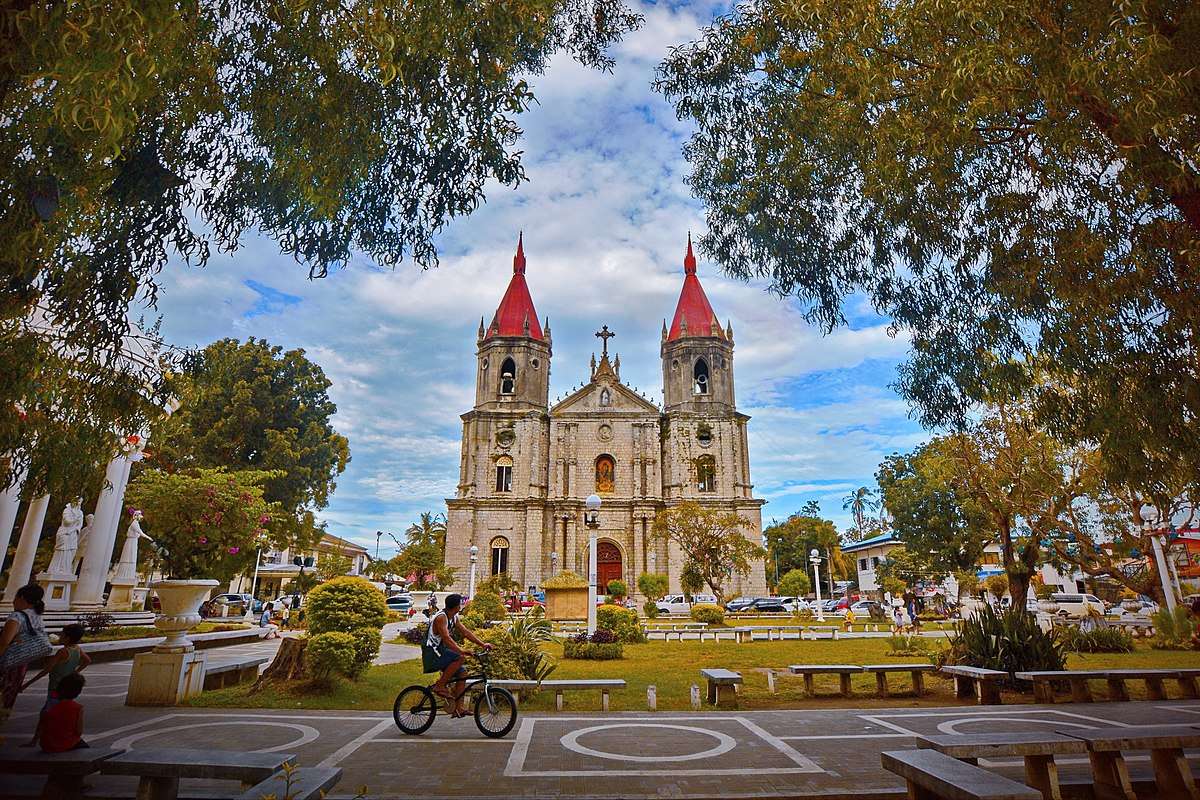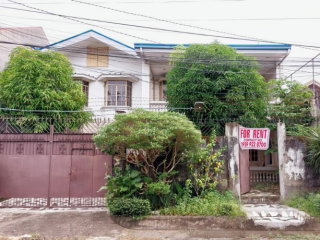About iloilo

Iloilo is a province of the Philippines, located in the center of the Philippine archipelago. The province comprises the southeastern part of Panay Island with island-province of Guimaras just across its coast. The capital city of the province is Iloilo City , which is the regional center of Western Visayas. It is nicknamed “the Heart of the Philippines”.
Iloilo occupies a major southeast portion of the Visayan island of Panay and is bordered by the province of Antique to the west, Capiz to the north, the Jintotolo Channel to the northeast, the Guimaras Strait to the east, and the Iloilo Strait and Panay Gulf to the southwest.
Iloilo is widely recognized for its rich history and cultural heritage. It boasts a remarkable collection of Spanish-era historic sites that showcase its architectural and historical significance. Notable among these is the Miag-ao Church, an esteemed UNESCO World Heritage Site in the Philippines. The province is also home to several other prominent structures, including the San Joaquin Campo Santo, San Joaquin Church, and Santa Barbara Church, all recognized as National Cultural Treasures by the National Museum of the Philippines, emphasizing their importance in preserving the province's heritage.
The province offers diverse attractions, from well-preserved colonial structures in the south to pristine beaches and islands in the north, namely the Bantigue Sand Bar, the Tangke Lagoon, Cabugao Island, and Antonia Island, all part of the Islas de Gigantes. Additionally, Sicogon Island, situated south of the group of islands, has gained popularity as a luxury tourist destination.
Heritage
Iloilo has always been one of the country’s most important provinces. Merchants from China and India have long traded with the Ilonggos even before the Spaniards came; evidences of this flourishing civilization are displayed in Museums and Private Galleries. Even during the Spanish and American colonial period, Iloilo still proved to be an important trading post. Iloilo has a beautiful harbor with serene and calm waters, safe for navigation because it is protected from the open sea by scenic Guimaras Island. This excellent port facility made Iloilo the center of trade at the turn of the century, with the whole world doing business in this port especially during the heyday of the sugar industry. In fact, Iloilo was given the title of “Queen City of the South” for being the Philippine’s second city, after Manila.
You can still see the old buildings that surprisingly are European and American inspired such as stately mansions, majestic century-old churches, and heritage commercial buildings.
Iloilo’s rich heritage is showcased in multifarious festivals celebrated in the city and various towns of the province. Dubbed as the “Province of Festivals“, Iloilo is proud of its nationally acclaimed Dinagyang Festival, together with smaller but similarly riveting festivities in the province, blends the pagan and the Christian in a street dance masquerade honoring Sto. Nino.
Natural Resources
Iloilo is endowed with natural wonders. Highland attractions from the cascades and waterfalls of the mountains of Iloilo to rice terraces and heights in its hinder lands. Worth visiting are various islands and islets of Iloilo that abound with white sand beaches and ornamented with tropical palms. Experience breezy fun while on an island hopping getaway. Explorations in Iloilo’s northern coast such as the mysterious caves of Gigantes island and the sea charms of Sicogon and nearby islets, as well as the splendid silhouette of Pan de Azucar in Concepcion town herald quaint stories and enchanting folklores.
Iloilo takes pride in being the Food basket and Rice Granary of the Region owing to its fertile lands and seas that yield plentiful harvest. Rice is the major crop in the province of Iloilo. Fish and marine products are considered the main source of livelihood in the southern and northern Iloilo. Tourists will find many restaurants offering a gastronomic treat of fresh sea foods and famous Ilonggo dishes such as La Paz Batchoy, Chicken Inasal, and Pancit Molo.
Tourism
Tourism in the area has received quite a significant boost in the recent years. Visitors will never run out of options here, thanks to its exceptional range of different landscapes with just short distances away, lots of leisure activities and a unique cultural heritage where tradition and modernity blend together in perfect harmony. In addition to that, one thing
that the whole of Iloilo offers is their hospitality.
There are a plethora of good accommodation options in the province. And if you do not mind living in budget accommodations, there are a number of places that you can visit without getting broke. So, if you are looking for a perfect vacation destination, weekend getaway, or just a place to kick back and relax, Iloilo is the ideal place to visit. No matter what you choose to explore, IT’S GOT TO BE ILOILO.
Iloilo serves as the gateway to the region. It is a stopover for tourists heading to the beaches of Boracay and Palawan and the nearby provinces of Guimaras, Antique, Capiz, and Aklan.
History
ILOILO takes its name from Irong-Irong, the old name of the city of Iloilo, a tongue of land that sticks out like a nose on the south of Iloilo River.
No pre-Hispanic written accounts of Iloilo and Panay island exist today. Oral tradition, in the form of recited epics like the Hinilawod, has survived to a small degree. A few recordings of these epic poems exist. The most notable are the works of noted Filipino Anthropologist Felipe Jocano.
While no current archaeological evidence exist describing pre-Hispanic Iloilo, an original work by Pedro Alcantara Monteclaro published in 1907 called Maragtas details the alleged accounts of the founding of the various pre-Hispanic polities on Panay Island. According to Maragtas, way back in the 13th century, ten datus fled from the tyranny of Sultan Makatunao of Borneo and landed on Panay Island at the mouth of the Siwaragan River, now known as the town of San Joaquin, and eventually settled there. They established the Confederation of Madja-as, a legendary pre-colonial supra-baranganic polity on the island of Panay. Datu Paiburong, one of the ten fleeing datus, established a settlement and named it Irong-Irong after an islet of the same name on the Batiano River.
At that time, native people called the "Atis", who were ruled by King Marikudo and Queen Maniwangtiwang, inhabited Panay. King Marikudo bartered the lowlands of Panay Island for a golden hat, "saduk", and a long gold necklace, "manangyad", and other assorted gifts to the Bornean Datus. The latter then took complete control of the island with the "Atis" retiring to the mountains. It was Datu Paiburong, one of the ten fleeing datus, who established a settlement and named it Irong-Irong after an islet of the same name on the Batiano River. The Confederation of Madja-as on Panay Island was ruled under the Code of Kalantiao, where peace and prosperity reigned for 300 years. But this was disrupted when the Spaniards came and established the provincial government.
Spain eventually succeeded on conquering of the island of Panay when Spanish conquistador Miguel López de Legazpi moved his headquarters from the island of Cebu and creating the first Spanish settlement in the island in Ogtong in 1566. This is mainly due in part to the rivalries between the Bisaya and the Moro, of which the former found an ally in Spanish against the latter. The Bisayas accepted alliances with Spain, to defend themselves against the enslaving Moros. To this end, Iloilo contributed troops in the Castille War against the Sultanate of Brunei.
In 1581, the encomienda in Ogtong was moved to La Villa Rica de Arevalo, because of frequent coastal raids by the Dutch privateers. Furthermore, an attack in the year 1600 (Part of the Spanish–Moro conflict) where there was a large Muslim armada to destroy Iloilo City, led by two Moros named Sirungan and Salikala who lead the Muslim force of 70 ships and 4,000 warriors that had raided and attacked several Visayan islands in order to abduct slaves to sell to their allies in the Sultanate of Demak and the Sultanate of Malacca, eventually caused the move of the city center further on to the mouth of the Irong-Irong river founding what is now Iloilo City and constructing Fort San Pedro to defend it in 1616.
Nevertheless, when the 4,000 Moros led by Sirungan and Salikala tried to attack Iloilo City they were repulsed with heavy losses in the town of Arevalo by a force of 1,000 Hiligaynon warriors and 70 Mexican arquebusiers under the command of Juan García de Sierra, the Spanish officer who died in the battle. The Spanish Christianized the area.
Soon, the area itself began to prosper, due to its successful textile and sugar industry. As a result, it received Chinese immigrants from the west (that worked for its trades) and Latinos from the ports of Mexico in the east (to man its military installations). The Jesuits soon built a school for Spanish and Visayan boys in Tigbauan, Iloilo.
As early as 1855, Iloilo opened to the world of trade and became the biggest port in the Philippines and premier province of the country because of various economic activities. Municipio de Iloilo became a city under the Becerra Law in 1893.
When the Philippine Revolution started, Panay uprising against the Spaniards was led by Gen. Martin Delgado of Sta. Barbara, who liberated all the towns, except Iloilo City, Molo, and Jaro. December 28, 1898 marked the arrival of the Americans at the Iloilo port, and on April 11, 1901, Iloilo City whose status has reverted to municipality, became the chief port and trading center of Panay and Negros. Because it progressed steadily, the Commonwealth Act No. 158 incorporated the surrounding towns of Lapaz, Jaro, Mandurriao and Arevalo to form Iloilo City and was finally inaugurated on Aug. 25, 1937, and was dubbed as the "Queen City of the South". Gen. Martin Delgado became the first governor of the province of Iloilo.
During the American colonial period, Iloilo became a home to many firsts: including the first department stores and cinema theaters in the Commonwealth of the Philippines.
Iloilo experienced severe devastation during the events of World War II. The Japanese built "comfort stations" in Iloilo in 1942, where they imprisoned Filipino "comfort women" who they routinely gang-raped, brutalized, and murdered for entertainment. Nevertheless, during the Japanese occupation, the Panay Guerilla Movement, the first resistance group in the Philippines led by Macario Peralta Jr., continued fighting the Japanese Imperial Army even before the American Liberation of Panay on July 4, 1946.
Listings in iloilo
More Provinces

ilocos sur
Ilocos Sur is a province in the Philippines located in the Ilocos Region in Luzon. Located on the mouth of the Mestizo River is the capital of Vigan. The province is home to two UNESCO World Heritage Sites, namely, the Heritage City of Vigan and the Baroque Church of Santa ...read more

isabela
Isabela, officially the Province of Isabela, is the second largest province in the Philippines in land area located in the Cagayan Valley. Its capital and the largest local government unit is the city of Ilagan. It is bordered by the provinces of Cagayan to the north, Kalinga to the northwest, ...read more








